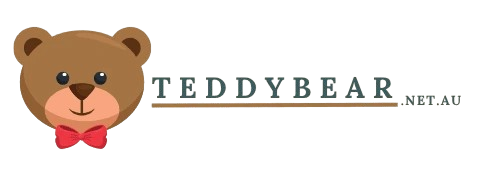In addition to being secure, toys for babies must be appropriate for their ages and developing skills. Many safe and appropriate playthings are available at no cost and may be found around the house.
Toys for Newborns (birth to 6 months)
Babies adore looking at people—particularly parents. They like faces and bright colours, on average. Babies can grasp things with their hands and feet, lift their heads, swivel their heads towards sounds, stuff objects in their mouths, and much more!

Good toys for young infants:
- Rattles, big rings, squeeze toys, teething toys, soft dolls, textured balls, and vinyl and board books are some of the items they can grab and pound on.
- Lullabies and simple songs are wonderful ways to pass the hours away.
- What to look for—pictures of faces that may be hung so baby can view them, as well as unbreakable mirrors
Toys for Older Infants (ages 7 to 12 months)
Older infants are mover; they go from rolling over and sitting to scooting, jumping, crawling, pulling themselves up, and standing. They know their own names as well as common words like “doggy,” “Mommy,” and “boo-boo.” They can identify body parts, discover hidden objects, and put things in and
Good toys for older infants:
- As well as playthings that are appropriate for your age, like baby dolls, puppets, and plastic and wood vehicles with wheels.
- Plastic bowls, big beads, balls, and nesting toys are among the items you’ll want to remove.
- Large soft blocks and wooden cubes are two things to construct with.
- Push and pull toys, as well as large balls, low, soft things to crawl over are all excellent ways to utilize their big muscles.

Toys for 1-year-old
One-year-olds are busy! They can walk well and, in some cases, climb stairs. They like hearing stories and uttering their first words, but they can’t play with other kids just yet. They enjoy trying new things and need adult supervision to ensure their safety.
Good toys for 1-year-olds:
- Simple pictures or photographs of actual objects may be used in board books.
- Stories and rhymes, as well as simple tales and images, are used to make recordings.
- Large paper, large art supplies, and non-toxic, washable markers are all good options.
- Toy phones, dolls and doll beds, baby carriages and strollers, costume accessories (scarves, purses), puppets, stuffed animals, plastic creatures, and fake vehicles are all great pretend play items.
- Blocks and Cardboard—Cardboard and wood blocks are two of the most popular materials. (They can be smaller than those used by infants —2 to 4 inches)
- Large and tiny muscles—puzzles, large pegboards with many pegs, toys that have features (dials, switches, knobs, lids), and big and little balls.
Safety and Children’s Toys
Toys for young children are well-made (with no sharp edges or splinters, and they don’t pinch); non-toxic, lead-free paint is used; shatter-proof, and simple to clean.
“UL Approved” is the official term for electrical toys. Check the label to see if the toy has been approved by Underwriters Laboratories; it should say so. Make sure there are no tiny components or pieces that might get lodged in a youngster’s throat and cause choking.
It’s vital to note that normal usage and wear may lead to a formerly safe toy becoming hazardous. Adults should inspect toys on a regular basis to ensure they are in good working order.
